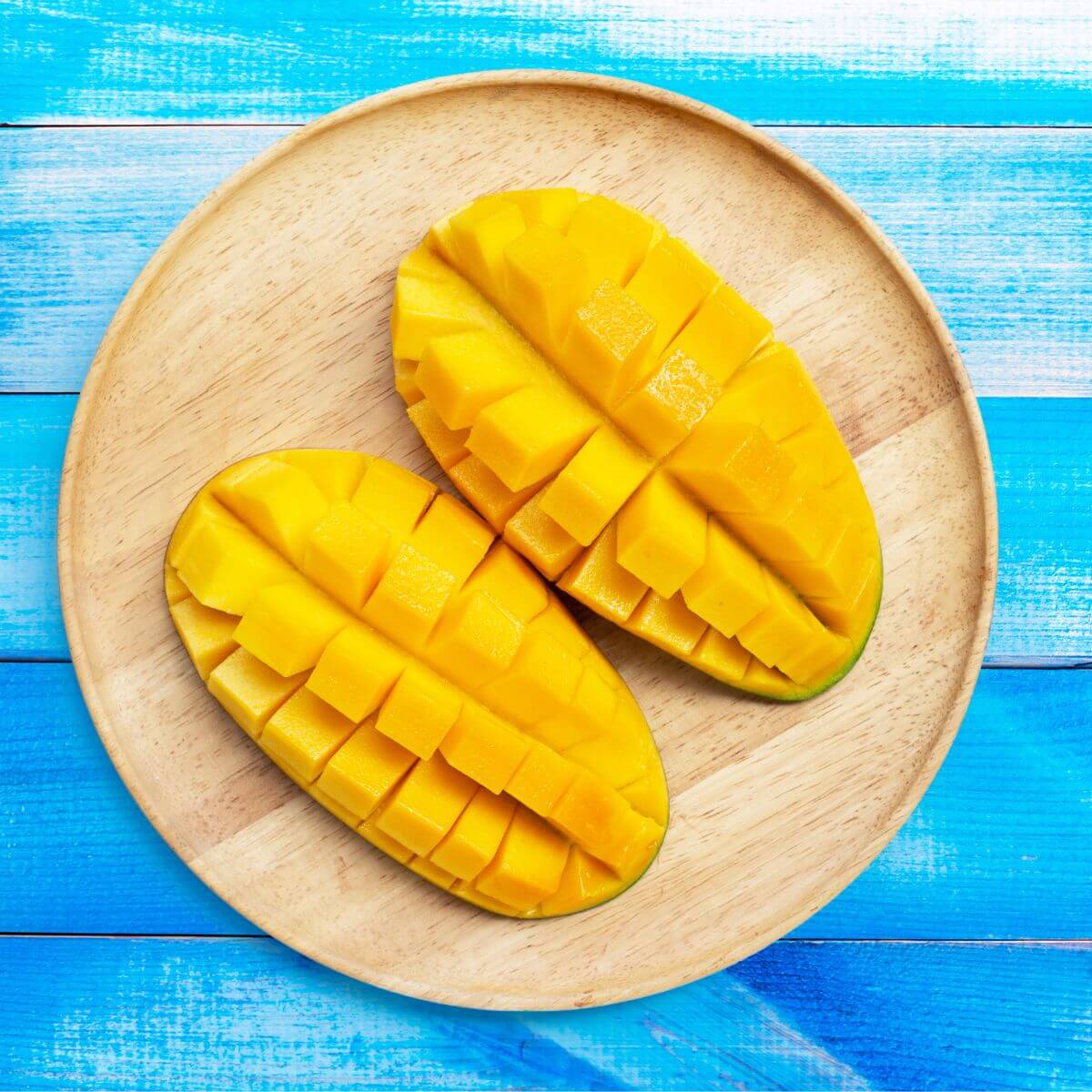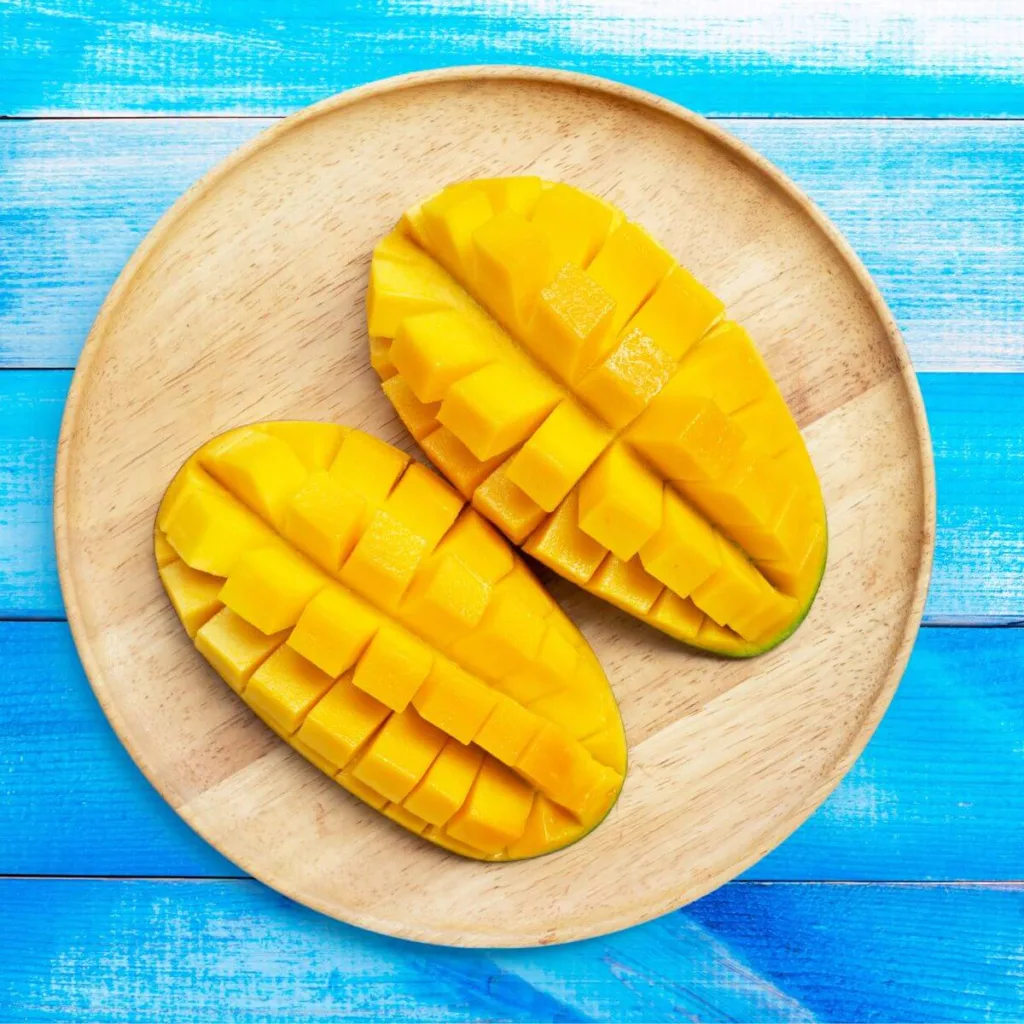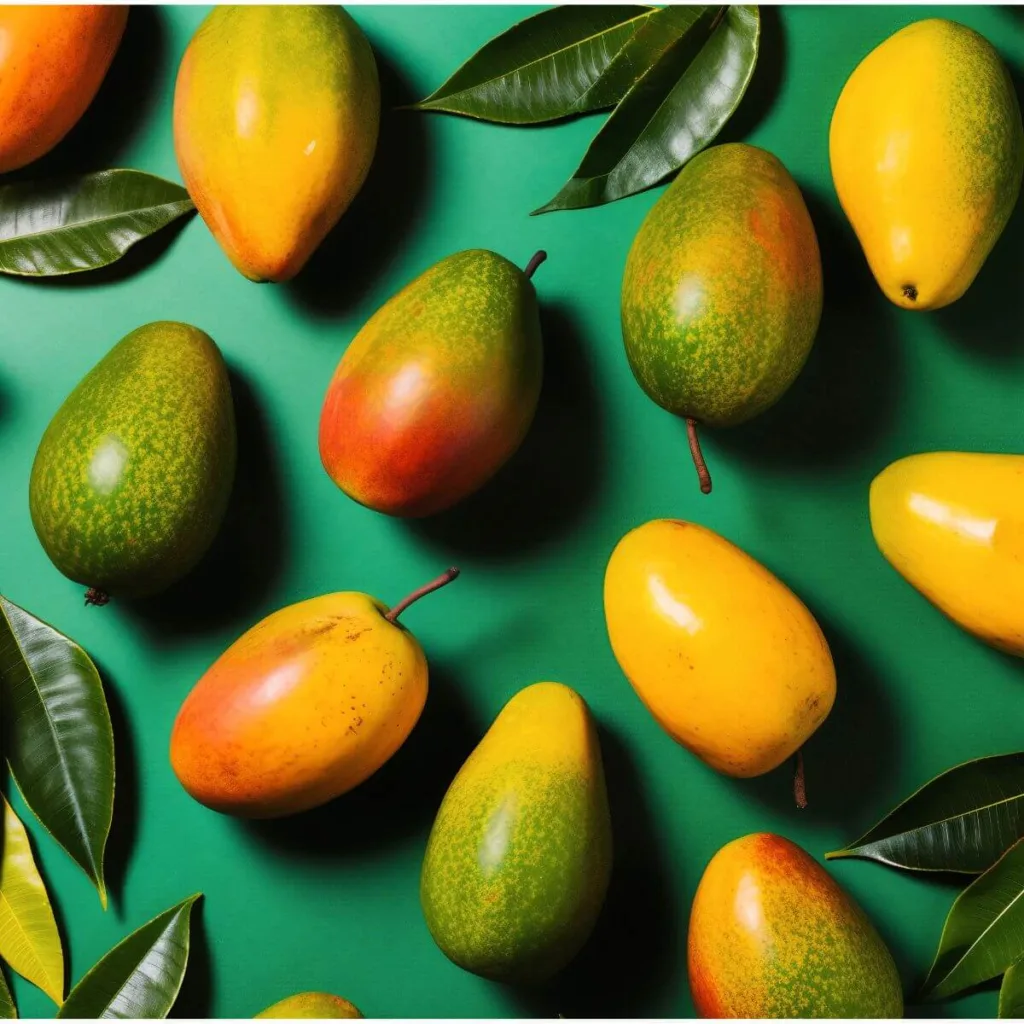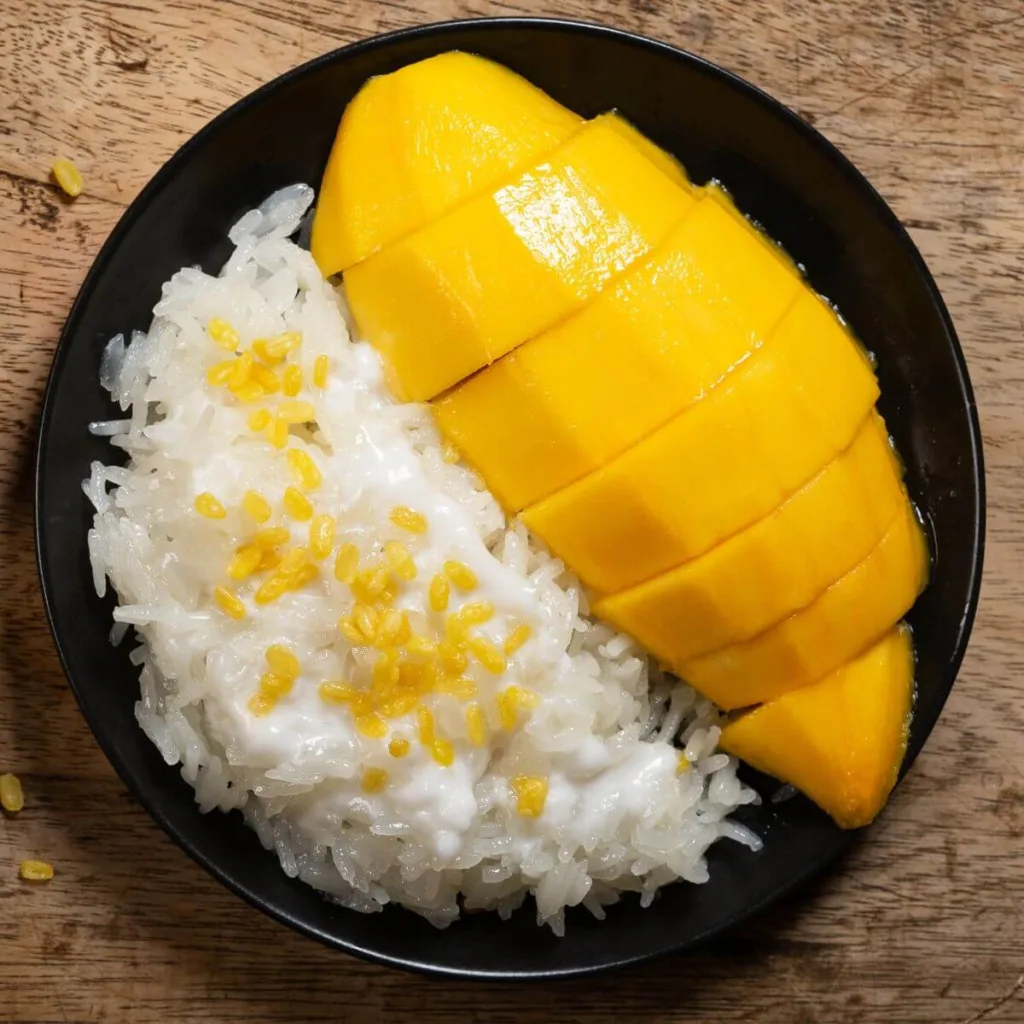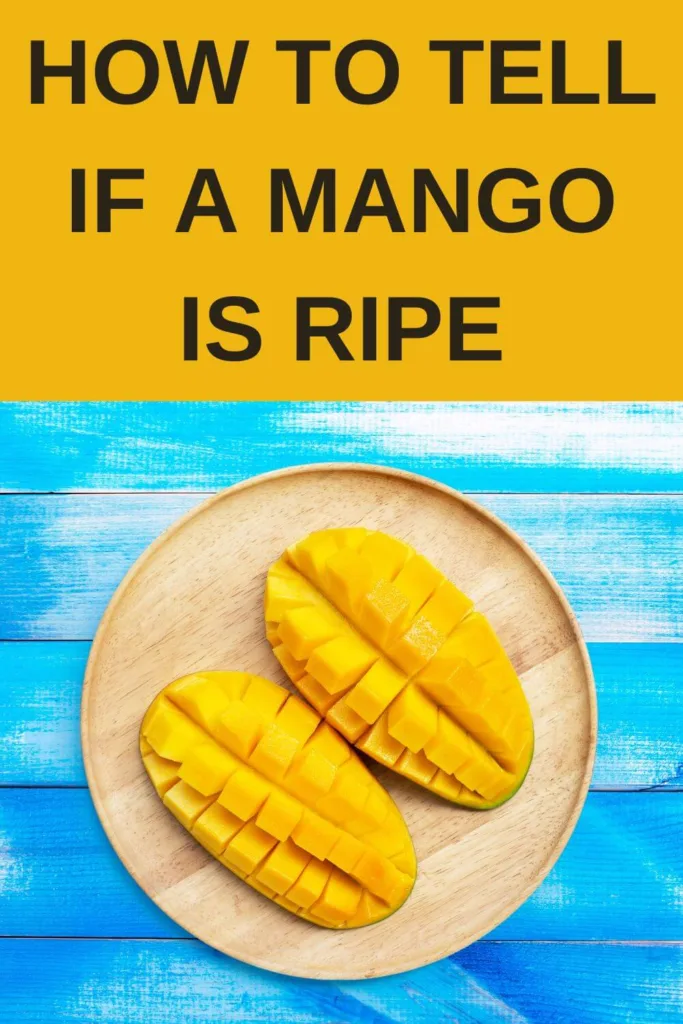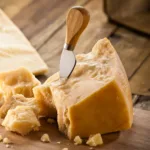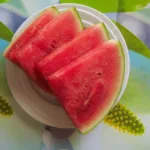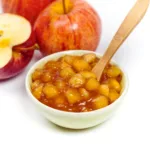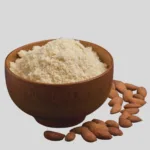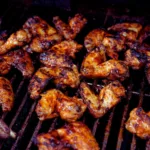There is literally nothing worse than unripe mangoes. In my opinion, they taste almost chalky. Yuck. So don’t get stuck with a less-than-perfect mango. Here’s how to tell if a mango is ripe.
But before we dive into the nuts and bolts of whether mango has the perfect, texture, consistency, and taste, let’s cover a few additional mango facts. It’ll help you choose the perfect ripe mango for the perfect recipe or snack. Whether it’s for a decadent mango cake or morning smoothies.
A Bit About the Ripening Process
Mangos can be ripened in several ways, both naturally and artificially. If you didn’t know that was the case, well, you do now. Here’s what to know.
You probably know that to ripen a mango, (the natural way) is to leave it on a tree until is ripe. That’s a pretty straightforward answer. But here are a few additional points to know.
Mangos are Harvested Before They’re Ripe
Mangos are generally harvested for commercial use when mature but not yet fully ripe. The exact timing can vary depending on the mango variety and growing conditions, but there are several indicators that suggest a mango is ready for harvesting. These include:
- Color Change: The mango’s skin starts to change from a deep green to a lighter green and may even show hints of yellow, orange, or red, depending on the variety.
- Firmness: The mango should still be firm to the touch but not hard. Overripe mangos are too soft and can spoil easily during transport.
- Shape: Mature mangos will have filled out and achieved their characteristic shape.
- Aroma: Some varieties will start to give off a subtle, fruity aroma near the stem when they are ready to be harvested.
- Days from Flowering: In commercial settings, the number of days from flowering can serve as an additional guide for timing the harvest.
Most Mangos are Treated
Once harvested, mangos are usually treated to kill pests. They also might be ripened before reaching you in the market. The ripening can be done naturally or, in some cases, using ethylene gas, which is approved by the FDA.
Mango Varieties
If you didn’t know, there are tons of varieties of mangoes. If you think it’s unnecessary to know the type of mango you’re buying, you’re wrong. Sorry. But knowing you’re mango will help you determine what it should look like when ripe. Here’s a break down of the types of mangos and what they’ll look like when at peak eating time!
Tommy Atkins
This is your typical grocery store mango. It’s got tough skin, but don’t let that fool you. Underneath that rugged exterior is a heart of pure, juicy sweetness.
Commonly Grown In: Mexico, Central America, and South Florida.
Taste: The center of the fruit is sweet and juicy, with slightly fibrous flesh.
Appearance When Ripe: Oblong shape with a deep red blush on the skin.
Haden Mango
The Haden Mango is a popular variety that originated in Florida, USA. It’s considered one of the parent varieties for many other types of mangoes grown in the region. Here’s what you need to know about the Haden Mango:
Commonly Grown In: South Florida, Mexico and Central America.
Taste: Sweet and juicy, with fewer fibers than other varieties.
Appearance When Ripe: Round with a yellow-orange skin.
Kent Mango
The Kent Mango is another popular variety that originated in India but has made its way around the world. Its distinct flavor makes it a favorite among mango lovers. Here’s what you need to know about the Kent Mango:
Commonly Grown In: India, Mexico, Central America, and South Florida.
Taste: Sweet with slight hints of tartness. The texture is smooth and creamy.
Appearance When Ripe: Oval shape with a yellow-green peel.
Keitt Mango
The Keitt Mango is a unique variety of mango that originated in California but has become popular around the world. Here’s what you need to know about the Keitt Mango:
Commonly Grown In: California, South Florida, Mexico, and Central America.
Taste: Very sweet and juicy, with a hint of tartness. The texture is smooth and creamy.
Appearance When Ripe: Round with dark green skin.
Kensington Pride Mango
The Kensington Pride mango is a variety of mango that is popular in Australia and New Zealand. It has an orange-red skin with yellow accents, making it appealing to the eye.
Commonly Grown In: Australia and New Zealand.
Taste: Sweet, juicy, and has a slight citrus undertones. The texture of the mango flesh is soft and creamy.
Appearance When Ripe: Oval shape with orange-red skin and yellow accents.
Ataulfo
Also known as the “honey” or “champagne” mango, the Ataulfo is small, buttery, and super sweet. They’re basically the dessert wine of mangoes. Fancy, right?
Commonly Grown In: Mexico, Central America
Taste: Sweet, buttery flavor. Notes of honey or champagne. The texture is soft, creamy, and juicy.
Appearance When Ripe: Small and round with yellow-green skin that can have a blushed pink hue.
Palmer Mango
The Palmer Mango is a variety that originated in Brazil but has gained popularity in other parts of the world, including the United States.
Common Grown In: Brazil, India, Central America
Taste: Sweet, juicy, and tropical with notes of honey.
Appearance When Ripe: Medium-sized with yellow-green skin and pink blush.
Galia Mango
The Galia mango is a popular variety that originates in Israel but has spread to other parts of the world including Europe and North America.
Common Grown In: Israel, Europe, North America
Taste: Sweet and tangy with notes of citrus.
Appearance: Bright golden yellow skin.
How to Tell if a Mango is Ripe
In general, mangos are like most fruits. You want to pay attention to color, smell, and texture, you know the drill. But here’s specifically what you want to look for when picking the perfect mango.
Color
A ripe mango will change in color from green to a more vibrant hue of yellow, orange, or even a slight red blush, depending on the variety. But color alone may not always be the best indicator of ripeness—some varieties retain a greenish color even when they’re ripe. That’s why it’s important to know what type of mango you’re buying. (See above for all that good stuff!)
Firmness
Gently press the mango with your thumb. A ripe mango will give slightly under pressure, indicating softness. If it feels too hard, it’s likely not ripe yet. On the other hand, if it feels mushy, it may be overripe.
Smell
A ripe mango usually emits a fruity sweet aroma near the stem. If it has a strong, sweet smell, the mango is likely ripe and ready to eat. A sour or alcoholic aroma can indicate spoilage.
Skin Texture
Look for a mango with smooth skin. Wrinkles can be a sign that the fruit is overripe and beginning to spoil. Small blemishes or dark spots are generally okay and do not affect the fruit’s taste or texture.
Shape
A ripe mango should have a plump, rounded shape. Flat or shriveled areas can indicate that the mango is underripe or overripe, respectively.
Stem Area
Pay attention to the area around the mango’s stem. If it’s overly dark, sunken, or oozing sap, this could be a sign that the mango is overripe or spoiled.
After a mango is ripe, you can keep it in the fridge for around five days. But it really depends on how you plan to use it.
How to Quickly Ripen a Mango
If you’ve brought home a mango that isn’t quite ripe yet, don’t worry. There are several methods you can use to speed up the ripening process and enjoy your mango at its best. Here’s how:
On the Counter
Simply place the mango on the kitchen counter at room temperature and let it ripen naturally. This is the most straightforward method, although it may take a few days for the mango to reach the desired level of ripeness.
In a Brown Paper Bag
Accelerate the ripening by placing the mango in a paper bag. The bag traps the ethylene gas produced by the mango, which speeds up the ripening process. For even faster results, add an apple or a banana to the bag, as these fruits also produce ethylene gas.
In a Rice Bowl
Another age-old trick is to bury the mango in a bowl of uncooked rice. The rice absorbs moisture and concentrates the ethylene gas, thereby speeding up ripening. Check the mango daily to avoid over-ripening.
Warm Area
Placing the mango in a warm area of your home can also encourage faster ripening. However, avoid direct sunlight or excessive heat, as this can cause the mango to ripen unevenly or spoil.
Checking Progress
Regardless of the method you choose, remember to check the mango regularly for signs of ripening. Look for changes in color, a fruity aroma, and a slight give when pressed gently.
Best Way to Cut a Mango
First, start by slicing off the bottom stem end with any sort of sharp knife (though a paring knife will work best). This will give you a flat bottom to position on your cutting board. It will keep the mango from rolling around and will be safer as you continue to slice and dice.
Now, cut off the cheeks from either side of the pit. Then, score the flesh of each cheek in a crosshatch pattern, being careful not to cut through the skin.
Finally, use a spoon to scoop out and enjoy the delicious fruit cubes. If you’re not a fan of this method, you can always peel it first with a vegetable peeler then follow the remaining direction.
After cutting your mangoes, remember to store any leftovers in an airtight container in the refrigerator for up to five days. Now you’re ready to make any of your favorite mango recipes!
Mango FAQs
What color is a ripe mango?
The color of a ripe mango really depends. You need to look at the variety of mango to be able to answer this. (Take a look above at each mango variety that we have listed.) But in general, if you’re purchasing your typical grocery store mango, you want it to be a deep orange/blush color.
Is it OK to eat mango that isn’t ripe?
Funny story. My cousin once ate a crate of mangos and got a rash. Said it was the mangos. He was allergic to mangos. But regarding the actual question in regards to whether it’s safe…
Although eating unripe mango is generally considered safe, it does have a different flavor profile and texture compared to ripe mango. Unripe mangoes are more tart and less sweet than their ripened counterparts, and they have a firmer, almost crunchy texture. Funny enough, unripe mangos actually have a higher concentration of vitamin C. Their levels start to diminish as they become more ripe. There are also a bunch of different ways to use unripe mangos. Everything from chutney, green mango salad, to tart mango smoothie. So yes. They are very safe to eat.
Will mango ripen after being in fridge?
It’s best not to put mangos in the fridge if you want them to ripen. Cold temperatures slow down the ripening process and can actually cause the fruit to be mushy. They’ll never quite get ripe or become cheap.
Related Content
Different Types of Oranges
35 Blue Fruits and Recipes
What Does Guava Taste Like?
How to Eat a Pomelo
What Does Dragon Fruit Taste Like?
Have questions or suggestions about how to tell if a mango is ripe? Leave them in the comments below. Now whether the mango is a yellow food or an orange food, that’s still up for debate!

